Scientists develop new robust and cost-effective fish pen that could help expand offshore aquaculture
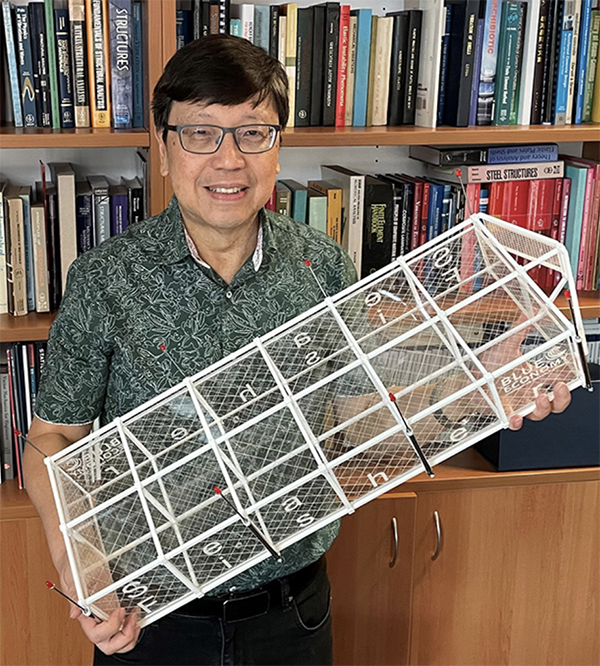
Researchers have designed a new lightweight fish pen that can be used to farm fish in deeper parts of the ocean. The fish pen uses a modular system consisting of multiple cages, each measuring 20 meters cubed. They are connected side-by-side in pairs, making it convenient to access them for tasks like checking on the fish, feeding them and harvesting them. The researchers estimate that each cubic cage could comfortably house 24,000 fully grown, 5-kilogram finfish.
“Our design will help fish farms meet a growing demand for seafood in an affordable and sustainable way,” said Professor Chien Ming Wang from the University of Queensland’s School of Civil Engineering. “Moving to deeper and cooler waters is great for the ocean environment and for fish health and welfare, but if a pen is too flimsy, large ocean waves during storms would quickly tear it apart.”
Wang explained that there’s a lot of competition for space in the protected areas near the shore, where fish farms are typically located, leading the industry to start moving farther out into the open ocean. This prompted the Blue Economy Cooperative Research Centre to fund the project, involving industry partners and researchers at the University of Queensland, Griffith University and the University of Tasmania.
“This solution – named SeaFisher – bundles high-density polyethylene (HDPE) pipes together with custom brackets and connectors to create a frame so we have strength in a lightweight structure,” said Wang. “To keep the pen and the fish safe, water pumps fill the pipes so it can be submerged in stormy weather and when the danger has passed, that ballast can be emptied so the pen rises to the surface again. A front shield diverts debris around the pen while smooth, reinforced PET plastic netting keeps predators out.”
The fish pen is estimated to initially cost around $6 million, a fraction of the cost of other, more rigid offshore fish farming structures being used in the northern hemisphere. Professor Wang said modeling shows SeaFisher could grow 10 times the fish of the other offshore pens on the market, some of which cost up to $180 million.
“It could be used to farm different finfish species next to each other and be adapted to grow seaweed, utilizing waste from the fish pens to fertilize the plant crop,” said Wang. “By mooring the pen with a chain attached to a single suction anchor that allows it to move with water currents, the impact on the ocean floor is minimal.”
The design has been patented and scale models will now be tested before prototypes are built.
Read the full research paper here.
Now that you've reached the end of the article ...
… please consider supporting GSA’s mission to advance responsible seafood practices through education, advocacy and third-party assurances. The Advocate aims to document the evolution of responsible seafood practices and share the expansive knowledge of our vast network of contributors.
By becoming a Global Seafood Alliance member, you’re ensuring that all of the pre-competitive work we do through member benefits, resources and events can continue. Individual membership costs just $50 a year.
Not a GSA member? Join us.
Author
Tagged With
Related Posts
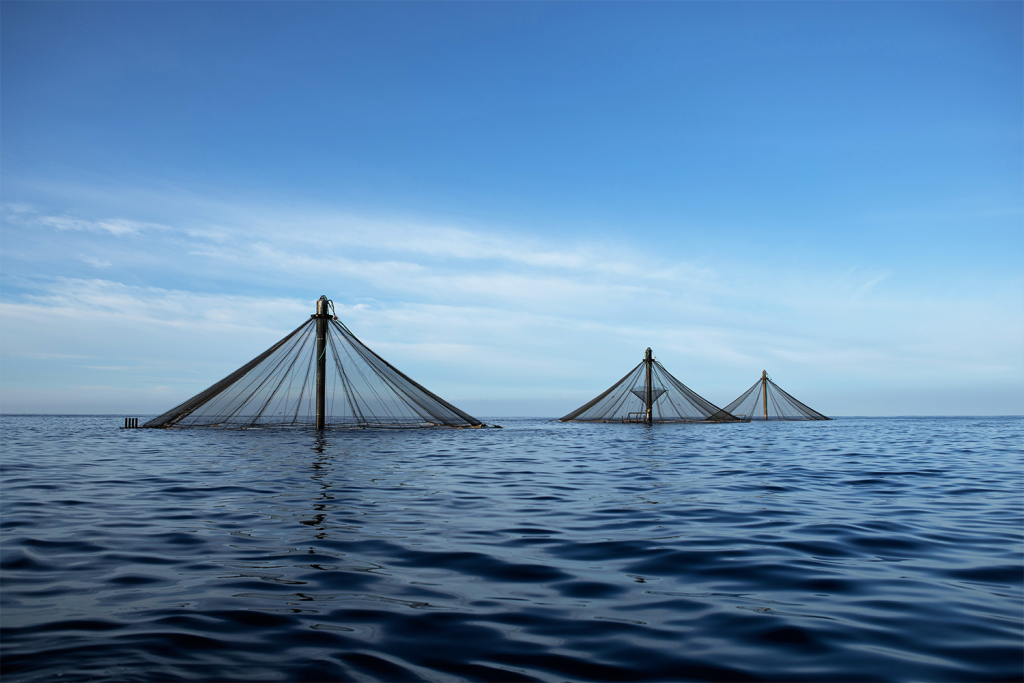
Intelligence
In Aruba, a newly approved offshore aquaculture firm is going all in on northern red snapper
New offshore aquaculture company Petros will soon farm northern red snapper off the coast of Aruba. They talk to the Advocate about their plans.
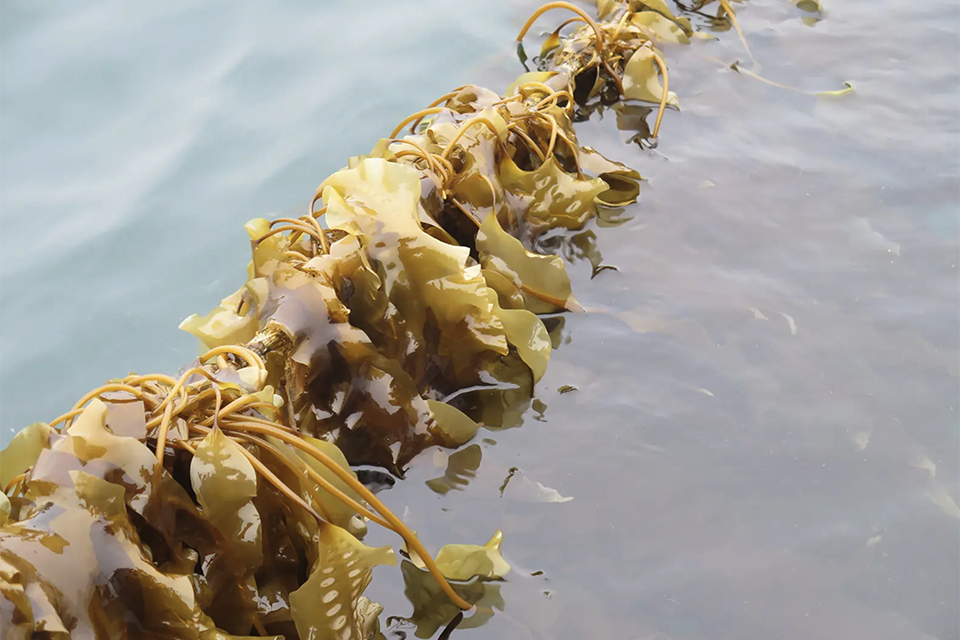
Innovation & Investment
Tasmania green-lights research into offshore kelp farming
The project will focus on developing technologies suitable for commercial-scale offshore kelp farming and production in Tasmania.
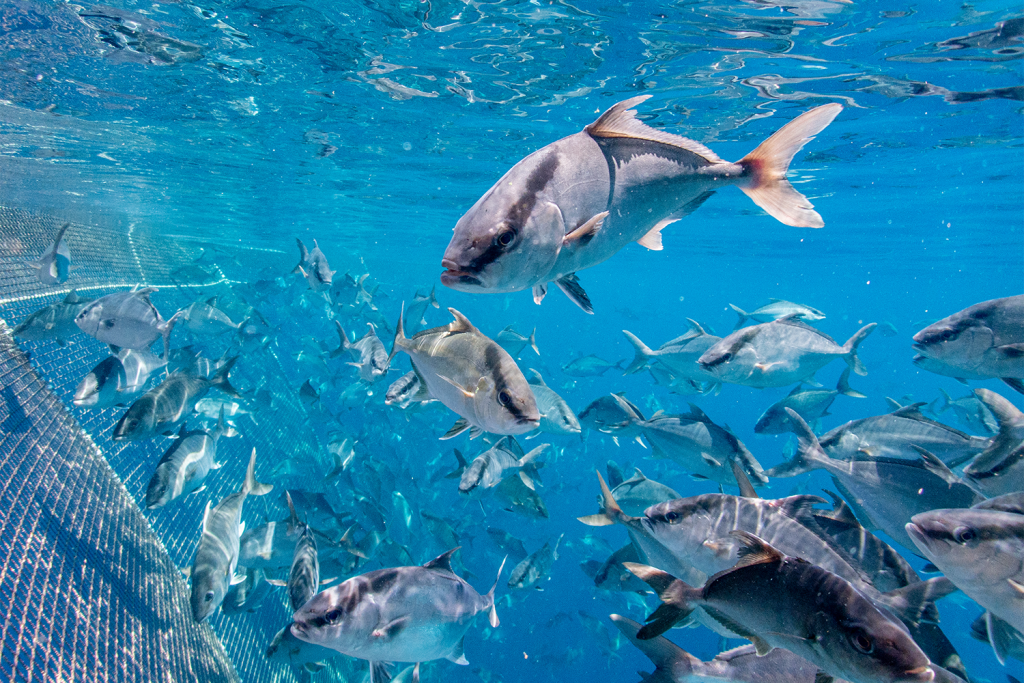
Innovation & Investment
‘Almost as if they’re wild’ – Offshore aquaculture startup Forever Oceans is gaining confidence farming in deep water
With patented modular fish enclosures, sensors and software, Forever Oceans uses offshore aquaculture to raise Kanpachi fish, with bold expansion plans ahead.
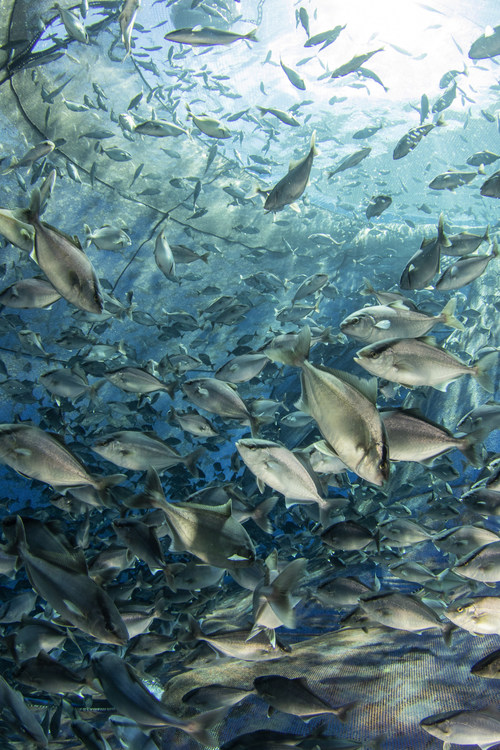
Responsibility
TNC evaluation confirms offshore aquaculture company’s low carbon footprint
The Nature Conservancy assessment confirms the low carbon footprint and ocean-floor impact of offshore aquaculture company Forever Oceans.



